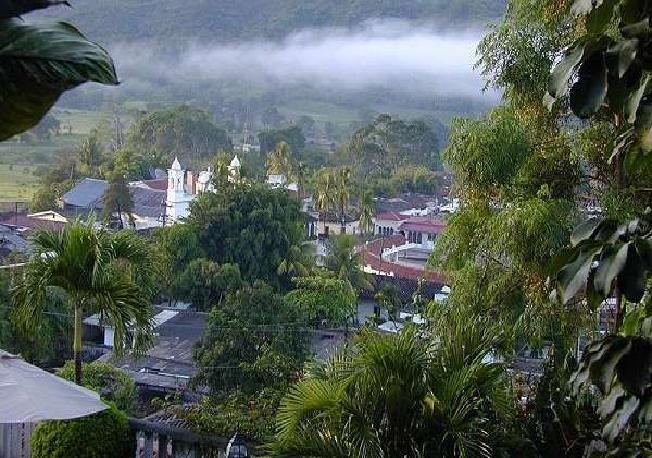 | ||
This article is about the ethnic groups and population of Honduras.
Contents
- Map of Honduras
- Population
- Structure of the population
- Vital statistics
- Fertility and births
- Ethnic groups
- Amerindian
- Afro Honduran
- Other ethnicities
- References
Map of Honduras
Population
According to the 2012 revision of the World Population Prospects the total population was 7,621,000 in 2010, compared to 1,487,000 in 1950 (a fivefold increase in 60 years). The proportion of the population aged below 15 in 2010 was 36.8%, 58.9% were aged between 15 and 65 years of age, and 4.3% were aged 65 years or older.
As of 2014, 60% of Hondurans live below the poverty line. More than 30% of the population is divided between the lower middle and upper middle class, less than 10% are wealthy or belong to the higher social class (most live in Tegucigalpa and San Pedro Sula).
Structure of the population
Structure of the population (01.07.2007) (estimates) (data refer to projections based on the 2001 Population Census):
Structure of the population (01.07.2010) (estimates):
Vital statistics
Registration of vital events is in Honduras not complete. The Population Department of the United Nations prepared the following estimates.
Births and deaths
Fertility and births
Total Fertility Rate (TFR) (Wanted Fertility Rate) and Crude Birth Rate (CBR):
Ethnic groups
Mestizos (European mixed with Amerindian) make up more than 90% of the population of Honduras. Amerindians are 6% of the population and AfroHondurans comprise 3%. As in other Latin American countries, the question of racial breakdown of a national population is contentious. Since the beginning of the 20th century at least, Honduras has publicly framed itself as a mestizo nation, ignoring and at times disparaging both the African component of the population and often also the surviving indigenous population that was still regarded as pure blood.
Because of social stigmas attached, many people denied having African ancestry, and after African descended Caribbean workers arrived in Honduras, an active campaign to denigrate all people of African descent, made persons of mixed race anxious to deny any African ancestry. Hence official statistics quite uniformly under-represent those people who have ancestry in favor of a "two race" solution.
Amerindian
According to the 2001 census the Amerindian population in Honduras included 381,495 people (6.3% of the total population). With the exception of the Lenca and the Ch'orti' they still keep their language.
Six different Amerindian groups were counted at the 2001 census:
Afro-Honduran
The Afro-Honduran population consists of Garifuna and Creoles.
Other ethnicities
Honduras hosts a significant Palestinian community (the vast majority of whom are Christian Arabs). These Arab-Hondurans are sometimes called "Turcos", because they arrived in Honduras using Turkish travel documents, as their homeland was then under the control of the Ottoman Empire. The Palestinians arrived in the country in the late 19th and early 20th centuries, establishing themselves especially in the city of San Pedro Sula.
There is also a small Chinese community in Honduras. A lawyer of the Committee for the Defense of Human Rights in Honduras (CODEH) stated that the Chinese community in Honduras is rather small. Many of the Chinese are immigrants who arrived from China after the revolution and their descendants.
